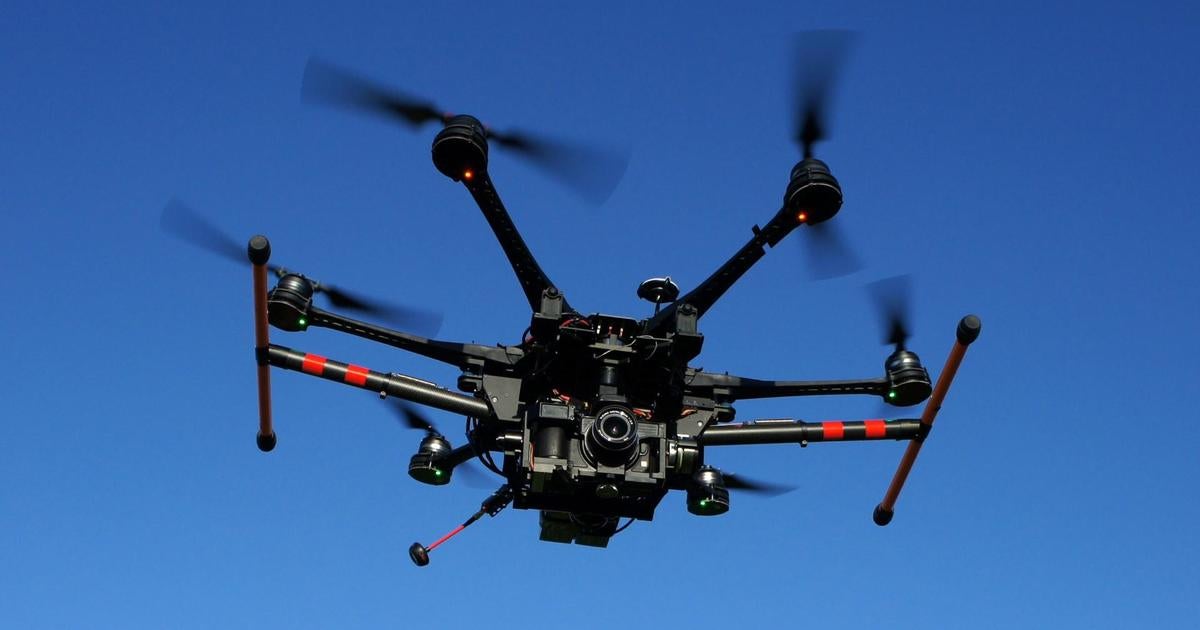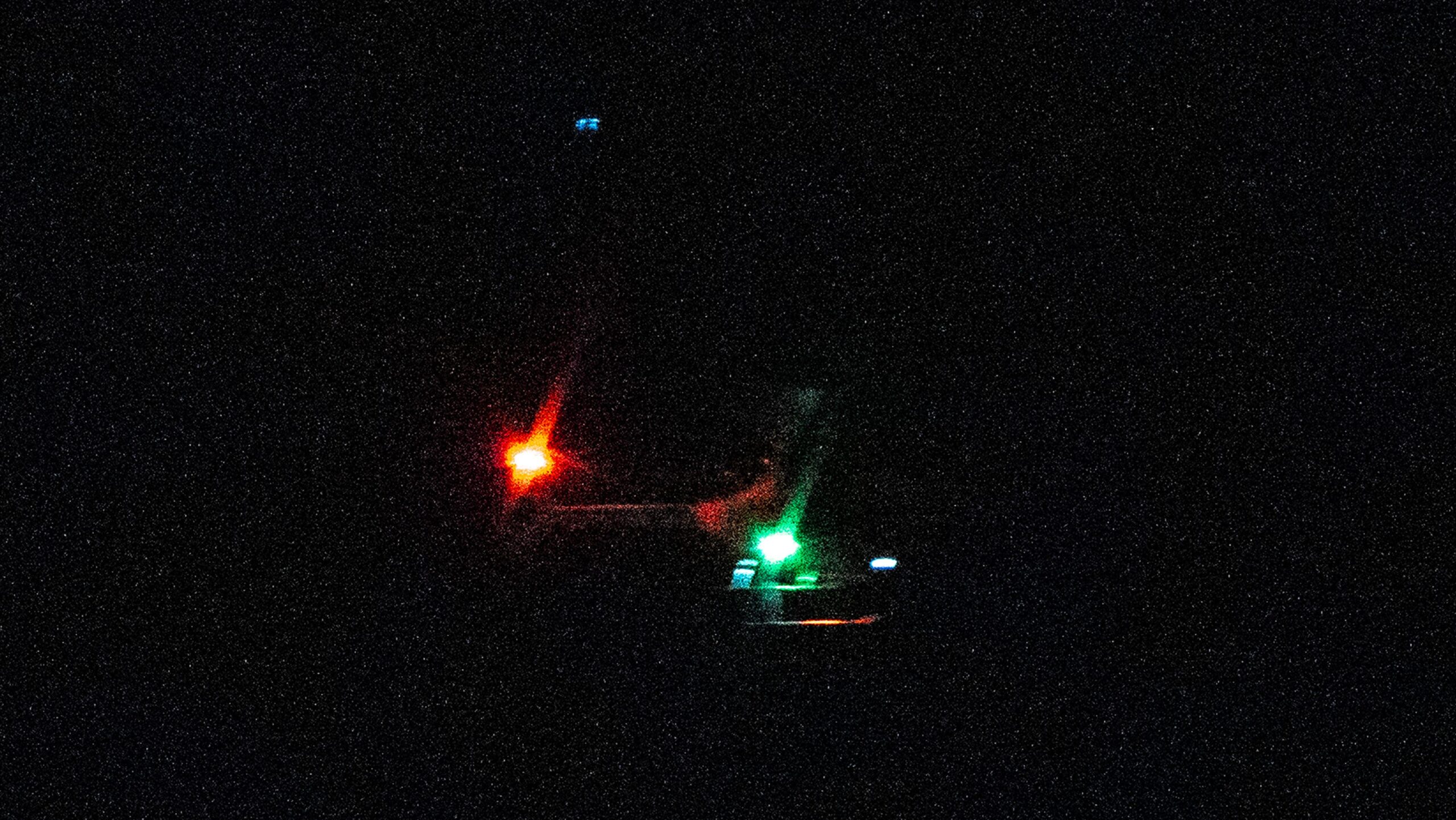Updated Jan. 19 with Blue Origin comments.
WASHINGTON — While Blue Origin considers the first flight of its New Glenn rocket a success, the company will have to complete a mishap investigation before its next launch.
New Glenn lifted off on its inaugural launch, called NG-1, Jan. 16 from Cape Canaveral, Florida. The second stage reached orbit, although the first stage failed to make a landing on a ship in the Atlantic Ocean as planned.
The payload for the NG-1 mission was Blue Ring Pathfinder, a technology demonstrator for the company’s planned Blue Ring orbital transfer vehicle. The payload remained attached to the upper stage, testing communications, power and other systems.
The company says those tests were successful. “Our Blue Ring Pathfinder hit all our mission objectives within the planned six-hour journey after being inserted into the desired orbit by New Glenn with an apogee of 19,300 km and a perigee of 2,400 km at a 30-degree inclination,” Dave Limp, Blue Origin’s chief executive, said in a social media post Jan. 17.
Limp added that the upper stage “nailed insertion with a less than 1% deviation from our exact orbital injection target.” Data from the U.S. Space Force’s Space-Track.org service show the upper stage in an orbit of 2,426 by 19,251 kilometers at an inclination of 29.99 degrees.
Blue Origin has not released any other details about the mission beyond Limp’s post since a press release shortly after the launch. That includes no information about the fate of the first stage, which was headed towards a landing on the company’s landing platform ship, Jacklyn, after stage separation. Telemetry from the first stage, as displayed on the launch webcast, froze at about T+7:55, around the scheduled end of a three-engine reentry burn. The stage was at an altitude of 25,672 meters and traveling at 6,896 kilometers per hour at that point.
The failed landing attempt will require the company to perform a mishap investigation. “The FAA is aware an anomaly occurred during the Blue Origin NG-1 mission that launched from Cape Canaveral Space Force Station in Florida, on Jan. 16,” the Federal Aviation Administration said in a statement, referring to the booster landing failure. “The FAA is requiring Blue Origin to perform a mishap investigation.”
Blue Origin will lead the mishap investigation, standard procedure for such reviews, with involvement by the FAA. The agency must approve the final report and any corrective actions before allowing launches to resume.
It’s unclear if that investigation will affect the schedule for upcoming launches of New Glenn. Limp said in a statement immediately after the launch that the company was planning its next launch for the spring, but did not provide a more specific schedule or identify the payload for that launch.
“We’re working closely with the FAA and submitted our initial findings within 24 hours. Our goal is to fly New Glenn again this spring,” the company said in a Jan. 19 statement to SpaceNews. The company added that it considered the launch a success because reaching orbit was the “lone objective” and that landing the booster would have been a “bonus.”
Last fall, though, the company considered a booster landing a key objective. “For this first launch, I have two primary objectives: get to orbit and land the booster,” Jarrett Jones, senior vice president for New Glenn at Blue Origin, said at a conference in September. Demonstrating the ability to land the booster, he said then, was “super-critical” to rapidly increasing New Glenn’s launch rate.
Despite the missed landing, the company won praise for reaching orbit on its first attempt. “Today’s New Glenn test flight from Cape Canaveral Space Force Station marks a pivotal moment in heavy-lift reusable launch vehicle development,” said Clay Mowry, chief executive of the American Institute of Aeronautics and Astronautics (AIAA) and a former Blue Origin executive, in a Jan. 16 statement. “As the newest heavy-lift rocket, New Glenn is introducing competition to the launch market, helping accelerate the growing space economy by reducing costs, expanding access to space and helping return us to the moon and on to Mars.
“It’s great to see Blue making solid progress toward offering competition to SpaceX and providing customers with additional reusable vehicles capable of carrying large payloads into space,” said Dale Skran, chief operating officer and senior vice president of the National Space Society, a space advocacy group.
However, some have privately criticized the company for choosing to place the upper stage into a high transfer orbit that does not comply with orbital debris mitigation guidelines. While that orbit avoids highly populated regions of low Earth orbit and medium Earth orbit, a breakup could create debris that migrates into those orbits.
However, Blue Origin said that its choice of that final orbit for the upper stage does comply with debris mitigation requirements. “Our second stage is in a compliant disposal orbit and meets the requirements for inerting and safing the stage so it doesn’t become a debris risk,” the company told SpaceNews.
Related
The FAA has stated that it will be working closely with Blue Origin to determine the cause of the mishap and to ensure that proper safety protocols are in place for future launches. The investigation will focus on factors such as the rocket’s guidance system, engine performance, and weather conditions at the time of the landing attempt.
Blue Origin has expressed its full cooperation with the FAA’s investigation and has assured the public that it is committed to addressing any issues that may have contributed to the failed landing. The company is dedicated to the safety of its crew and passengers, and will take all necessary steps to prevent similar incidents from occurring in the future.
As more information becomes available, the FAA will provide updates on the status of the investigation and any potential changes to Blue Origin’s launch procedures. The agency remains committed to ensuring the safety and reliability of commercial spaceflight operations, and will take all necessary measures to prevent future mishaps.
Tags:

































